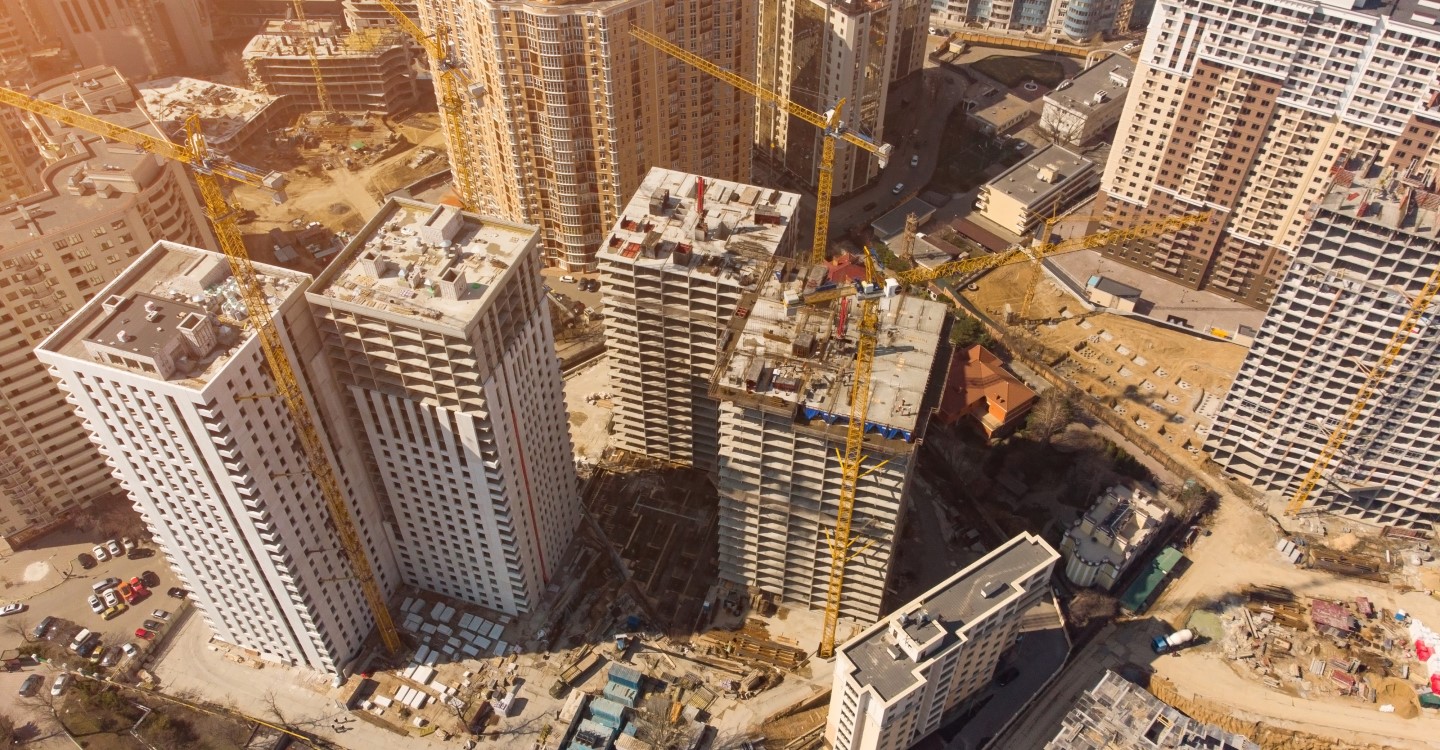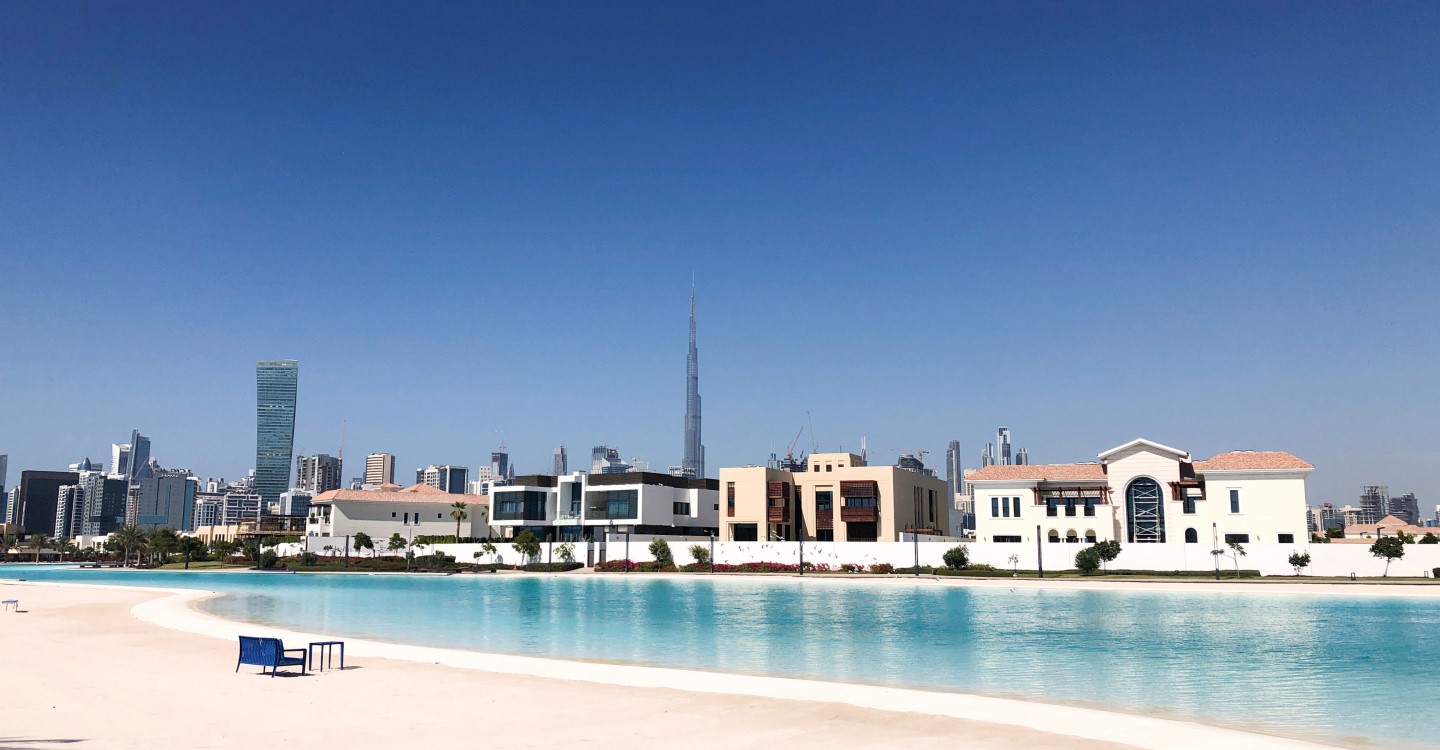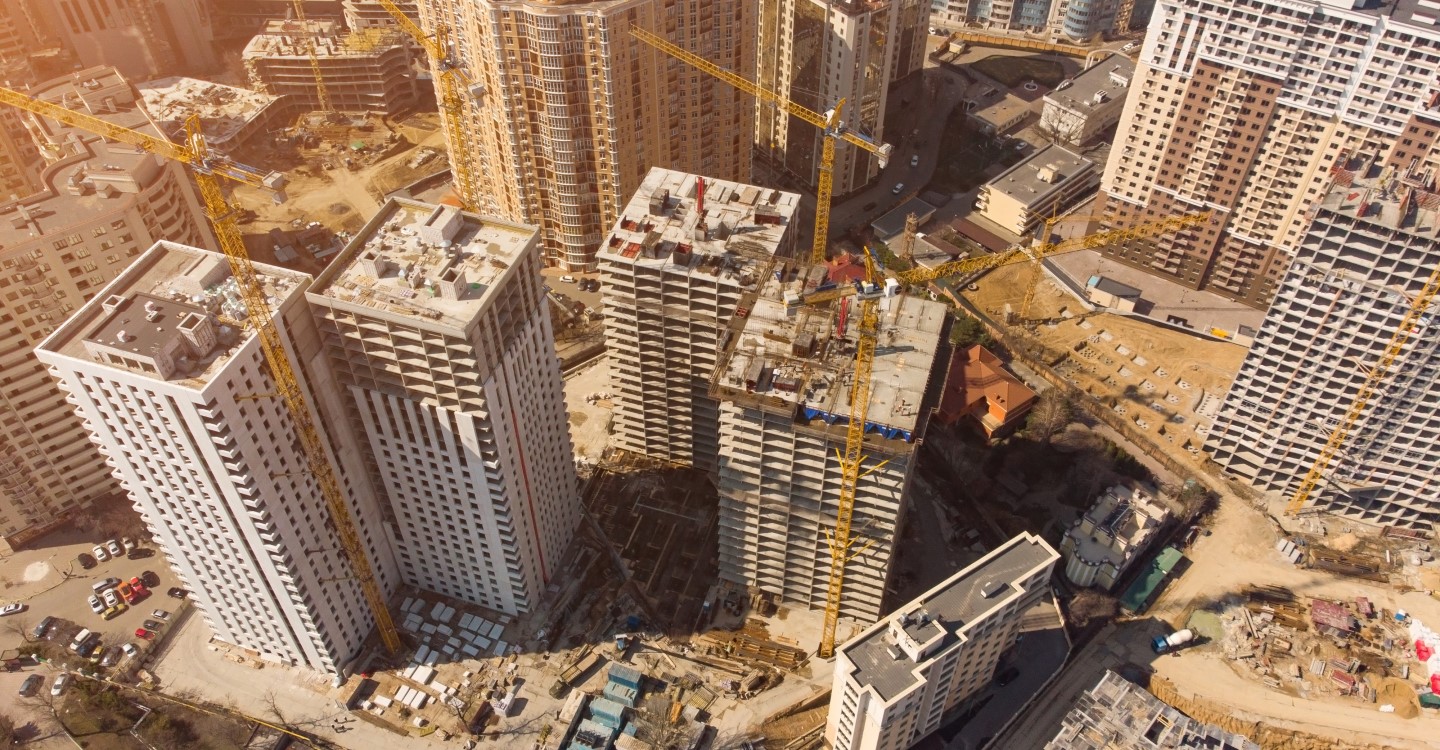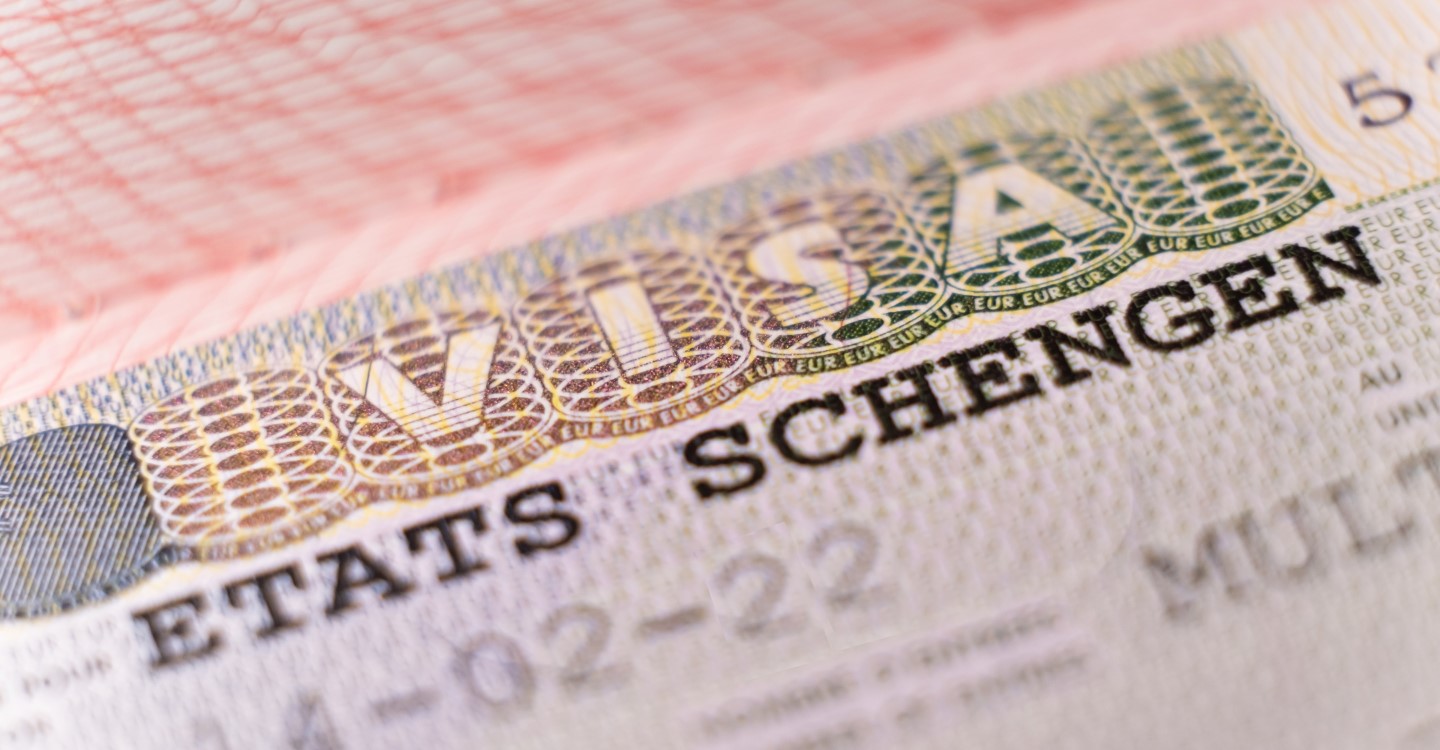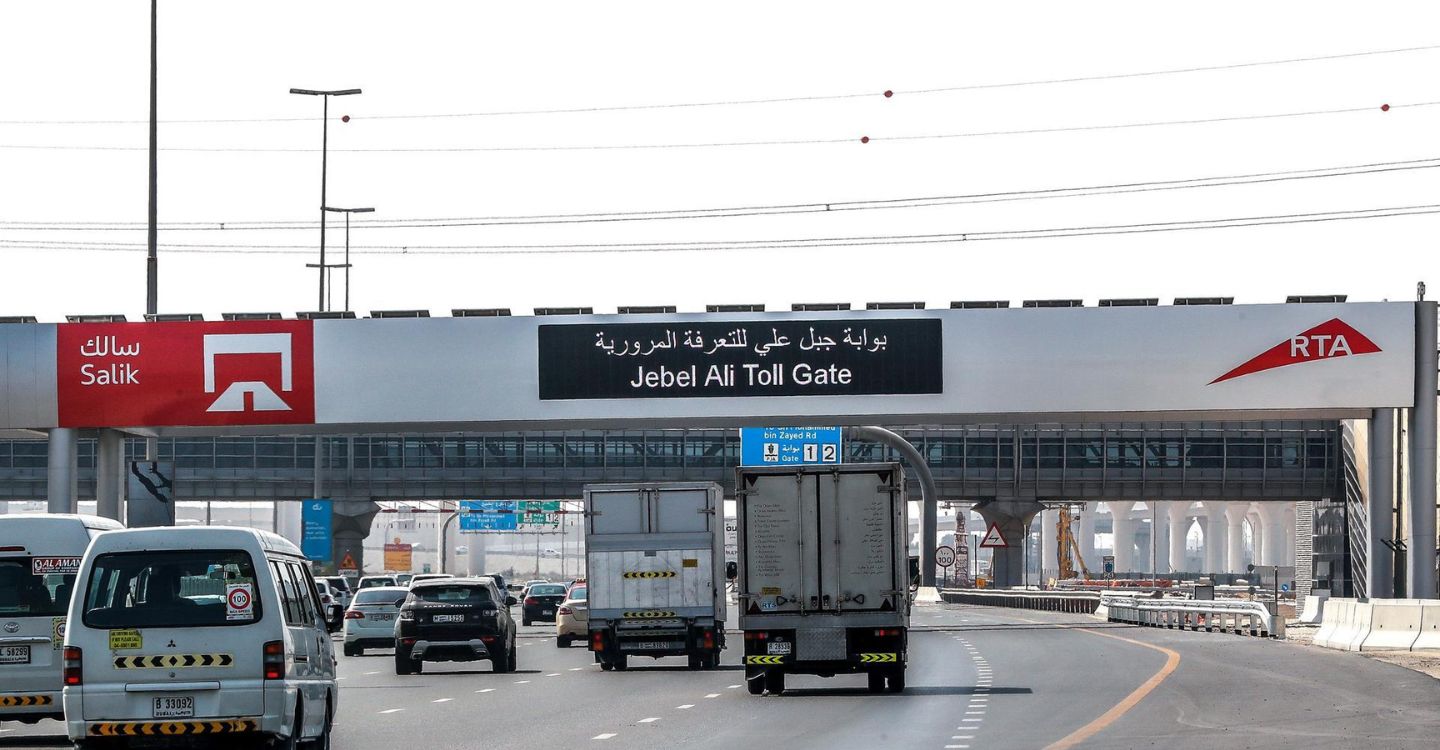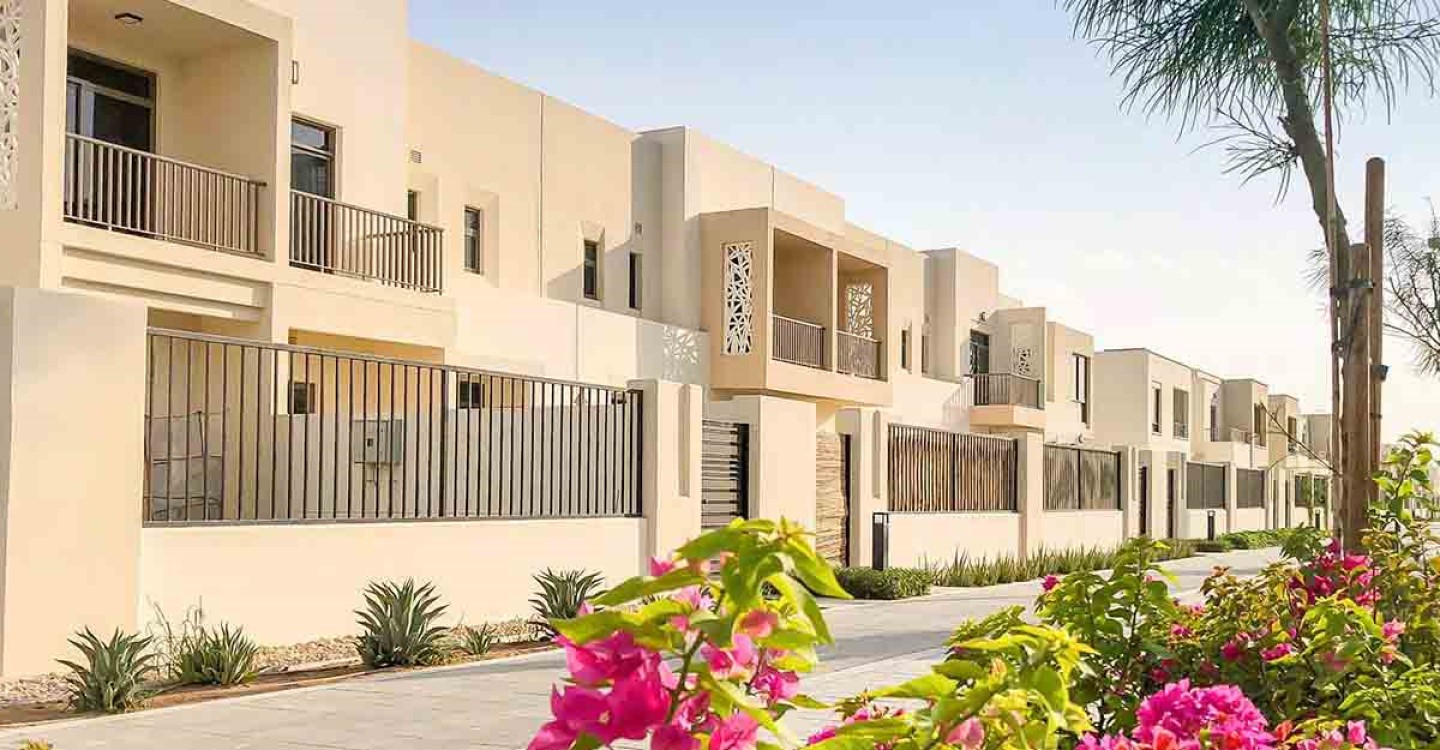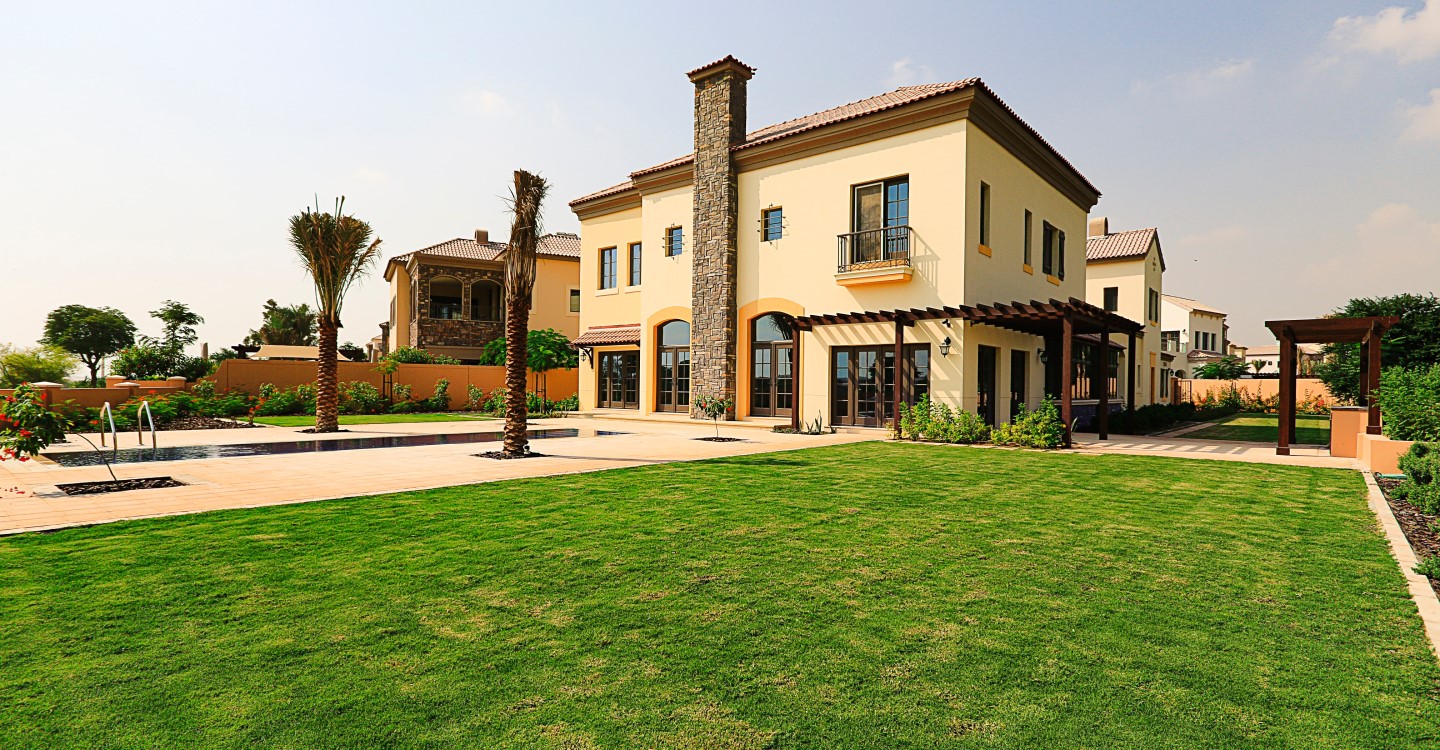Subleasing, also known as subletting, is an arrangement where a tenant rents out their leased property to another individual or party for a specified period. This practice has become increasingly popular in Dubai, a bustling metropolis known for its dynamic real estate market and diverse expatriate community. Many residents are drawn to subleasing as it offers a flexible and cost-effective solution for various circumstances, such as temporary relocations, travel, or the desire to share rental costs.
Despite its growing popularity, the process of subleasing in Dubai can be intricate, largely due to the specific legal and regulatory frameworks that govern rental agreements in the city. Understanding the nuances of these regulations is crucial to ensure a smooth and legally compliant subleasing experience. The complexities involved in subleasing, from obtaining necessary permissions to drafting proper agreements, can be daunting for both new and experienced tenants.
This comprehensive guide is designed to demystify the process of subleasing in Dubai. It will provide you with detailed information and step-by-step instructions to help you navigate the subleasing landscape effectively. Whether you are a tenant looking to sublease your property or someone interested in becoming a sublessee, this guide will equip you with the knowledge and tools needed to manage the process successfully, ensuring that all parties involved can benefit from a well-structured and legally sound sublease agreement.
Understanding Subleasing
Understanding subleasing is essential for anyone considering this arrangement in Dubai's real estate market. Subleasing takes place when the original tenant, referred to as the sublessor, rents out a portion or the entirety of their leased property to another individual, known as the sublessee. This setup can be highly advantageous in a range of situations. For instance, the original tenant may need to relocate temporarily for work or personal reasons and does not want to break their lease or leave the property unoccupied. Subleasing allows them to maintain their lease agreement while being away.
Additionally, subleasing can be an attractive option for tenants looking to share the financial responsibilities of renting. By subletting part of their property, they can reduce their rental burden, making it more affordable to live in their desired location. This can be particularly beneficial in a city like Dubai, where rental costs can be substantial. Furthermore, subleasing can provide an opportunity for sublessees to access housing options that might otherwise be out of reach, offering them a more flexible and often more affordable living arrangement.
Subleasing is a practical solution for various tenant needs, providing flexibility and financial relief. Whether it’s managing temporary relocations or reducing rental expenses, understanding the ins and outs of subleasing can open up new possibilities for tenants navigating Dubai’s vibrant rental market.
Legal Framework and Regulations
1. Check Your Lease Agreement:
Before you consider subleasing, it is crucial to review your original lease agreement thoroughly. Many landlords in Dubai include specific clauses that prohibit subleasing without their prior consent. These clauses are put in place to maintain control over who occupies their property and to ensure that the terms of the tenancy are adhered to strictly. By examining your lease agreement, you can determine if subleasing is explicitly forbidden or if it requires the landlord’s approval. Understanding these terms is essential to avoid potential legal issues or disputes that could arise from unauthorized subleasing. Always ensure you have a clear understanding of your lease agreement's stipulations regarding subleasing before proceeding.
2. Obtain Landlord Approval:
Even if your lease agreement permits subleasing, it is highly advisable to seek written permission from your landlord. Obtaining this approval ensures that all parties are on the same page and maintains a level of transparency that can prevent misunderstandings or disputes later on. Written consent from your landlord serves as a legal safeguard, protecting you from potential issues that could arise if the landlord later contests the sublease. This step is crucial to establish a clear and legally binding arrangement, providing peace of mind and a solid foundation for a successful subleasing experience.
3. Dubai Tenancy Law:
Familiarizing yourself with Dubai's tenancy laws is a crucial step in the subleasing process. The Dubai Rental Law (Law No. 26 of 2007) and its subsequent amendments provide a comprehensive outline of the rights and responsibilities of both landlords and tenants. Although the law does not explicitly address subleasing, it underscores the importance of obtaining the landlord's consent for any alterations to the rental agreement, including subleasing arrangements. By understanding these legal frameworks, you can ensure that your subleasing activities remain compliant with local regulations, thus avoiding potential legal complications. This knowledge will help you navigate the subleasing process more confidently and responsibly, ensuring a smooth and lawful experience for all parties involved.
4. Ejari Registration:
It is essential to register your sublease agreement with Ejari, Dubai's official tenancy contract registration system. This registration is a mandatory requirement that provides legal recognition to your sublease arrangement. Ejari serves as an official platform to document and validate rental agreements, ensuring that they comply with Dubai's legal standards. By registering your sublease with Ejari, you formalize the agreement, which helps protect both the sublessor and the sublessee by creating a legally binding record. This step not only enhances transparency but also ensures that your sublease is recognized by local authorities, minimizing the risk of potential disputes or issues related to the tenancy.
Steps to Sublease in Dubai
1. Assess the Market:
Conduct market research to determine the rental rates for similar properties in your area. This will help you set a competitive price for your sublease.
2. Prepare Your Property:
Ensure that the property is in good condition before subleasing. Address any maintenance issues and consider furnishing the property to increase its appeal.
3. Draft a Sublease Agreement:
Create a comprehensive sublease agreement outlining the terms and conditions. Include details such as the rental amount, duration, maintenance responsibilities, and any other relevant clauses.
4. Advertise Your Sublease:
Use various platforms to advertise your sublease. Websites like Dubizzle, Property Finder, and Bayut are popular choices. Additionally, consider using social media and word-of-mouth to reach potential sublessees.
5. Screen Potential Sublessees:
Conduct thorough background checks on potential sublessees. Verify their employment status, rental history, and references to ensure they are reliable and financially stable.
6. Finalize the Agreement:
Once you have selected a suitable sublessee, finalize the sublease agreement. Ensure that both parties sign the agreement and that it is registered with Ejari.
Key Considerations
1. Rent Payment:
Clarify the payment terms in the sublease agreement. Decide whether the sublessee will pay the rent directly to you or to the landlord. Ensure that rent payments are made on time to avoid any complications.
2. Maintenance and Repairs:
Clearly outline the responsibilities for maintenance and repairs in the sublease agreement. Specify who will be responsible for routine maintenance and how major repairs will be handled.
3. Insurance:
Consider obtaining renters’ insurance to protect your belongings and the property during the sublease period. This provides an added layer of security for both you and the sublessee.
4. Duration and Renewal:
Define the duration of the sublease and include provisions for renewal or termination. Ensure that the sublease aligns with the remaining term of your original lease.
Benefits of Subleasing
1. Financial Relief:
Subleasing can provide financial relief by allowing you to share the rental burden or cover the rent if you need to relocate temporarily.
2. Flexibility:
Subleasing offers flexibility for tenants who may need to travel for work or personal reasons. It allows you to retain your rental property while being away.
3. Maximized Property Use:
If you have extra space in your rental property, subleasing can help you make the most of it and generate additional income.
Potential Risks and Challenges
1. Legal Issues:
Subleasing without proper authorization can lead to legal issues, including eviction and financial penalties. Always seek landlord approval and comply with local laws.
2. Sublessee Reliability:
Choosing an unreliable sublessee can result in late rent payments, property damage, or disputes. Thoroughly screen potential sublessees to mitigate these risks.
3. Lease Violation:
Violating the terms of your original lease agreement by subleasing can result in lease termination. Ensure that your sublease complies with all relevant terms and conditions.
Conclusion
Subleasing in Dubai can be a viable option for tenants seeking flexibility and financial relief. However, it is crucial to navigate the legal landscape carefully and comply with all relevant regulations. By following the steps outlined in this guide, you can successfully sublease your property while minimizing potential risks. Always prioritize transparency, legal compliance, and thorough screening of potential sublessees to ensure a smooth and beneficial subleasing experience.
In summary, while subleasing can offer valuable advantages, it requires careful consideration and adherence to legal requirements. By following the steps outlined in this guide and maintaining a focus on transparency and legal compliance, you can achieve a smooth and advantageous subleasing experience that aligns with both your needs and the regulatory framework of Dubai.











